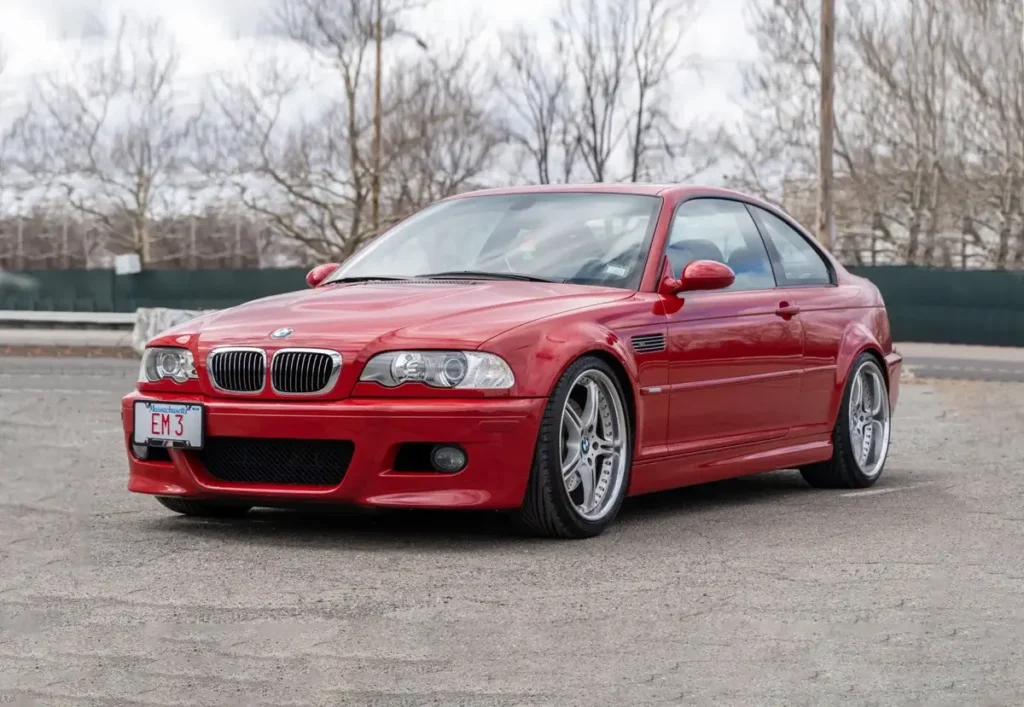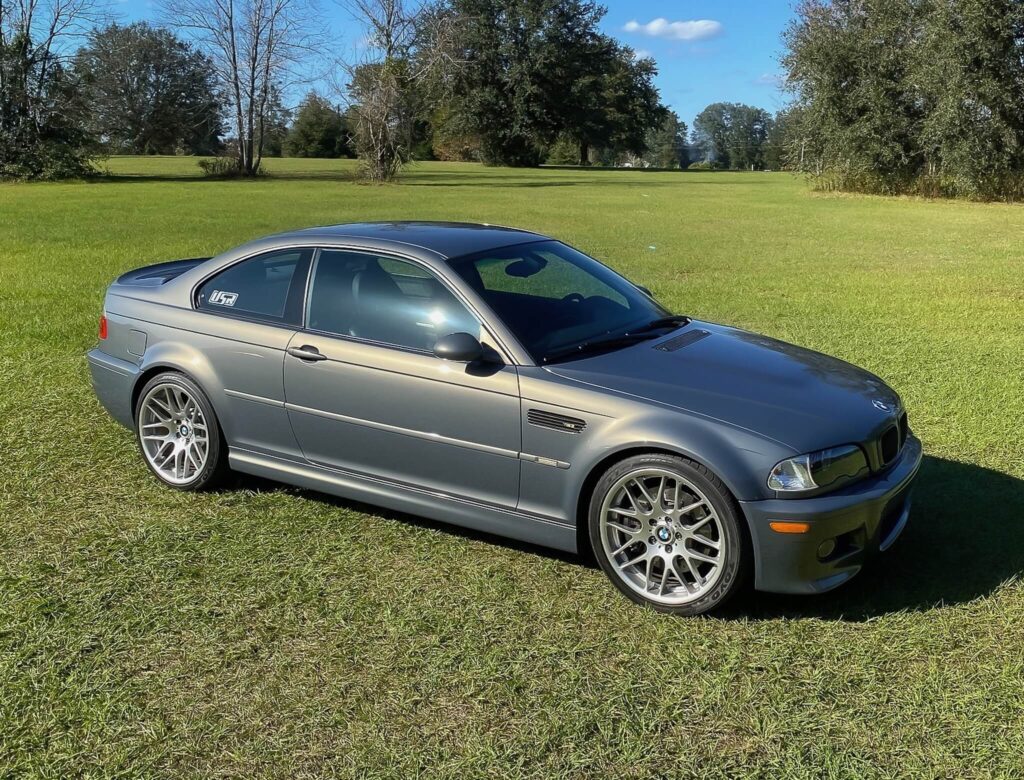BMW E46 Years to Avoid: Key Model to Be Cautious Of
Buying a BMW E46 can be exciting, but it’s important to know that some model years come with more problems than others. By being aware of which years are known for having serious issues, you can make a better decision and avoid potential headaches. Let’s take a closer look at the E46 years that might not be the best choice and why you should be cautious with them.
1999 BMW E46
The 1999 BMW E46 was the first model year of this generation, and it showed. Cooling system issues were a major problem, with many owners reporting radiator leaks and thermostat failures. These problems can lead to overheating, which could cause serious engine damage if not addressed quickly. Since this was the first year of production, some of these issues were common as BMW worked out the kinks in the new design.
2001 BMW E46
In 2001, the E46 continued to have its share of troubles. Transmission and differential problems were especially common. Drivers reported jerky shifting and even complete transmission failures. These problems not only aff
2003 BMW E46
When discussing BMW E46 years to avoid, the 2003 model stands out due to its well-documented subframe issues. The subframe, which is essential for holding the suspension in place,
2005 BMW E46
By 2005, BMW had worked out many of the earlier issues, but new problems emerged. Fuel pump and steering system failures were the main concerns for this year. The fuel pump issues could cause starting problems, engine s
General Issues in High-Mileage Models
No matter the year, high-mileage BMW E46 models often come with their own set of problems. As these cars age, parts wear out, leading to suspension issues, cooling system failures, and engine troubles. For instance, worn-out control arm bushings can make the steering feel loose, while leaking valve cover gaskets can cause oil













